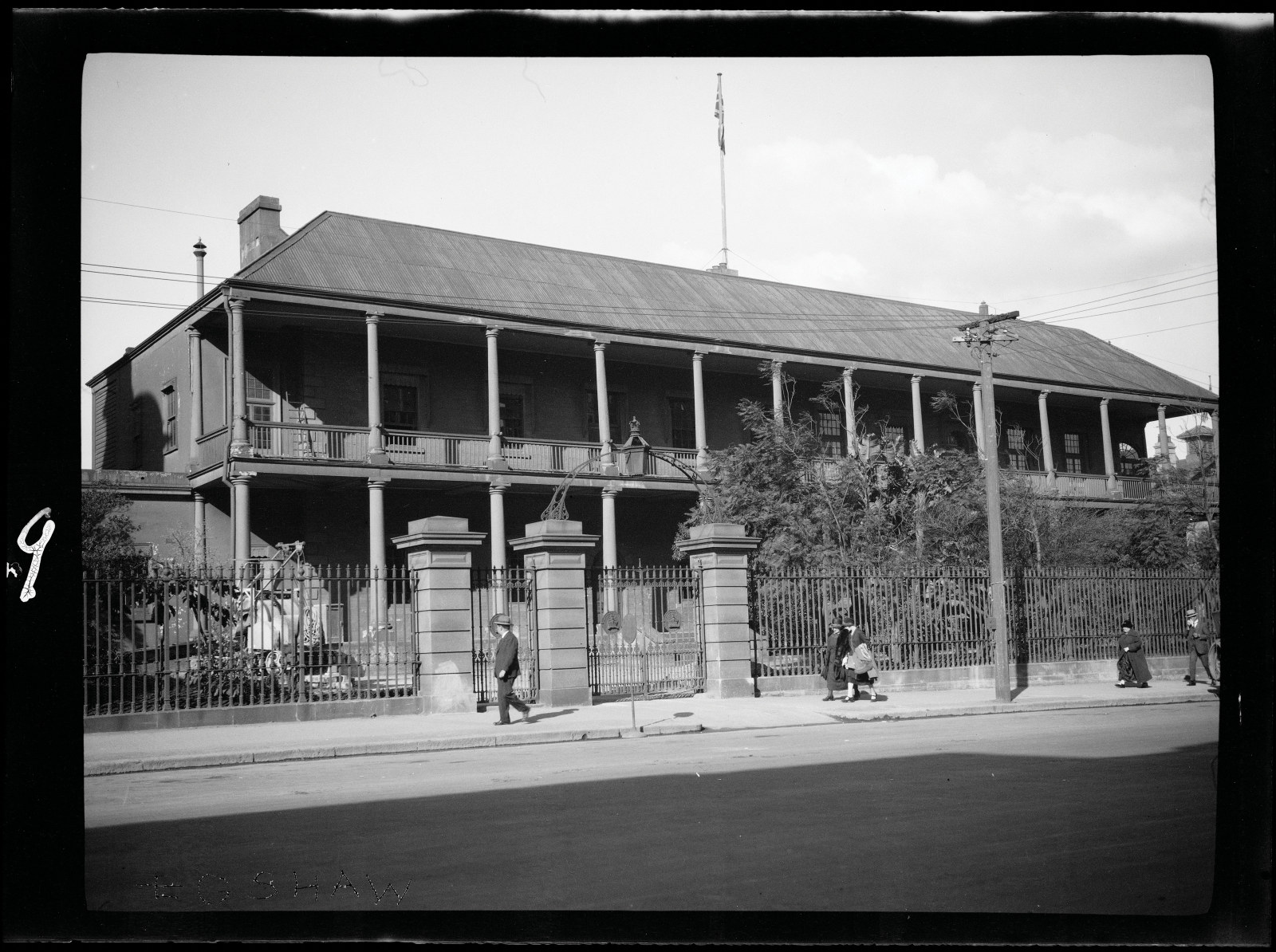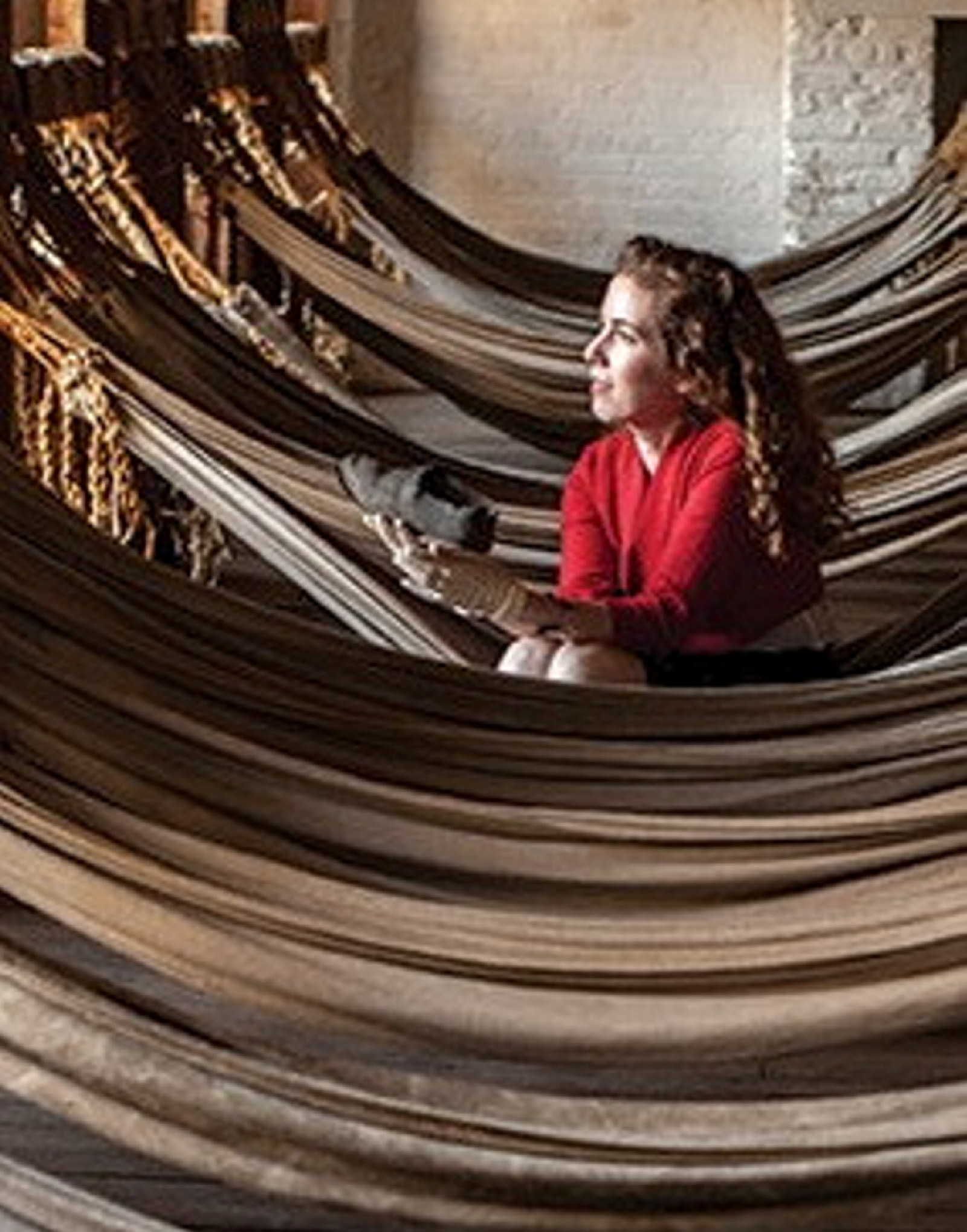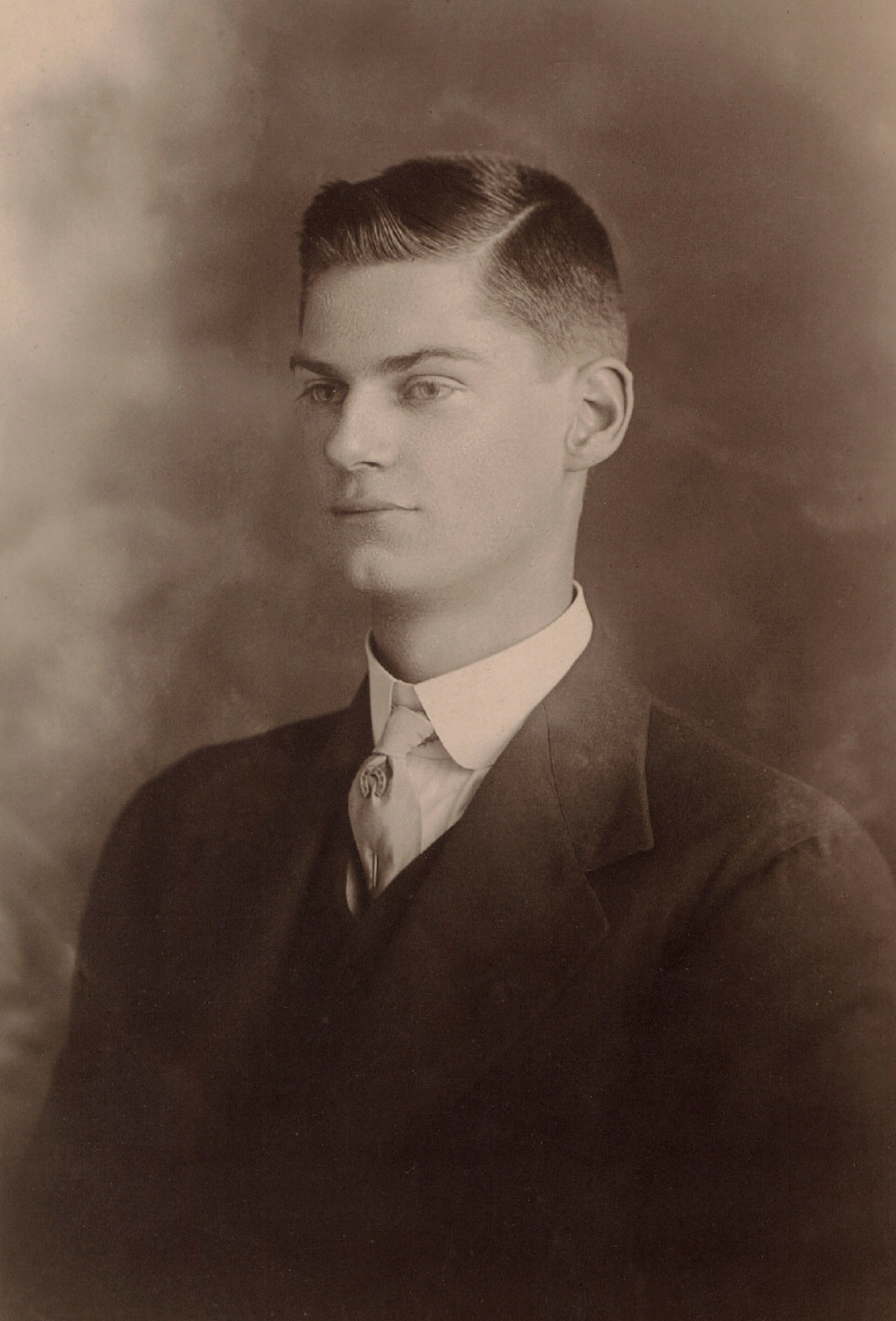How the ‘Sidney Slaughter House’ got its name
During archaeological excavations at the Rum Hospital south wing (now The Mint) on Sydney’s Macquarie Street in 1980-81, a few small traces of the site’s dark and often painful past were discovered.
These included small glass medicine phials and bottles, the base of a medicine cup, and a fragment of a glass irrigation syringe, used to store and administer the simple and sometimes toxic medicines available for treating the convict patients in the hospital between 1816 and 1848.
Medical treatment during Australia’s convict era was rudimentary, to say the least. Bleeding, through incisions inflicted by fleams, lancets and scarificators, or sucked out by cupping or leeches, was the standard method of treating various ailments at the General ‘Rum’ Hospital. Bloodletting had been a standard medical practice for blood purification since the Middle Ages, and followed the belief that illness was due to an imbalance of the humours or liquids of the body.1 During an outbreak of dysentery in 1820, the common use of this practice to treat the patients soon gave the Rum Hospital a bad reputation, and convicts generally dreaded having to go there. As hospital assistant Henry Cowper reported: ‘They did not like the mode of Treatment by such Copious Bleedings as were in practice… They used to call the Hospital the Sidney Slaughter House’.2Cowper also reported that he had bled one patient suffering ‘brain fever’, two pounds in the morning and three pounds in the evening, but the patient had been allowed to get up immediately, after which he ‘dropped down Dead’. 3
Any surgical operations that were required were conducted in the surgeon’s quarters in the south wing of the three-winged hospital (now The Mint), and in the first few years, Surgeon William Redfern conducted three amputations there.4The agony felt by patients undergoing such surgeries in this pre-anaesthetic era can hardly be imagined. The surgeons of the hospital only had at their disposal the standard medicines of the era, as outlined in the English pharmacopoeia, which described the preparation of medicines derived from 225 plant, animal and mineral substances (compared with over 5000 listed in the modern pharmacopoeia).5 Dysentery and other diseases were purged from the body by doses of toxic substances such as calomel (mercury chloride), as well as castor oil. James Bowman, Principal Surgeon of the Rum Hospital, also conducted research into the medicinal properties of native flora including green wattle gum (Mimosa decurrens) and willow bark (Mimosa longiflora) for the treatment of dysentery. 6
In a notebook kept by Rum Hospital surgeon William Redfern, between 1795 and 1825, he outlines curious remedies, which were probably put into use for treating his convict patients. The notes include a ‘Cure for the evil’ (scrofula, or tuberculosis of the neck), which involved rubbing the sores with a leg cut from a live toad, which he noted would ‘cause the parts to swell very much for about 12 hours, and give Violent pain…'7 Slightly more conventional remedies included instructions on making tincture of opium, onion juice as a remedy for baldness, a poultice for cancer made from Turkish figs boiled in milk, instructions for making a wash for sore eyes from lead, opium and white vitriol, and peppermint oil for toothache. Perhaps in anticipation of the Royal Mint that was to occupy the site of the south wing 30 years later, Redfern’s notebook also had a recipe for making gold.
Notes
A Brasier, “Prisoners’ Bodies: Methods and Advances in Convict Medicine in the Transportation Era”, Health & History12, no.2 (2010): 18-38.
J Ritchie, The Evidence to the Bigge Reports, Volume 1, The Oral Evidence (Melbourne: Heinemann, 1971), 142.
ibid.
ibid, 126
G Phillips and J Pearn, “A Convict and Colonial Pharmacopoeia: Two Centuries’ Changes”, History, Heritage & Health, Proceedings of the Fourth Biennial Conference of the Australian Society of the History of Medicine (Brisbane: ASHM, 1995), 89-90.
Watson, 66.
William Redfern notebook, 1797-1825, SLNSW, ML MAV_FM3_709, 45.
Published on
Related

The Mint project: Sydney’s adaptive reuse triumph
Sydney’s urban landscape is a testament to both the city’s rich history and examples of forward-thinking vision. Among the most compelling examples of this fusion of past and future is the revitalisation of the Mint complex

Unexpected views
Over the decades, photographers have captured unexpected glimpses of the Mint’s history

Museum stories
The changing face of the Mint
As photographers documented the evolving face of the Mint, they recorded changes to the site and streetscape

